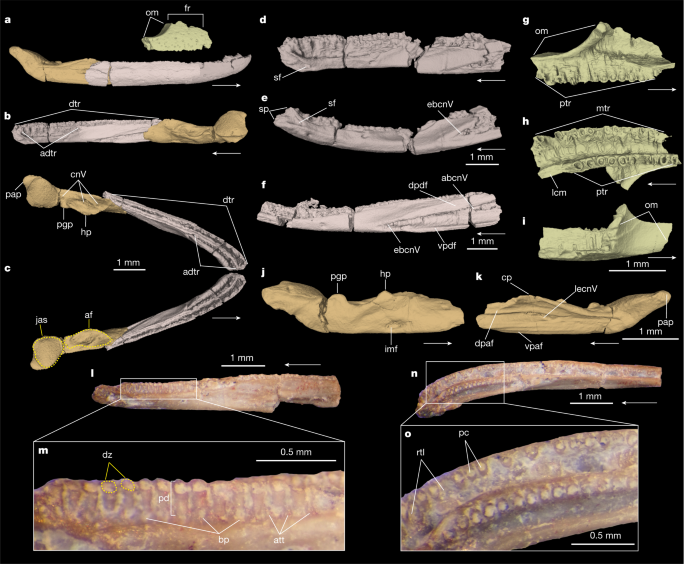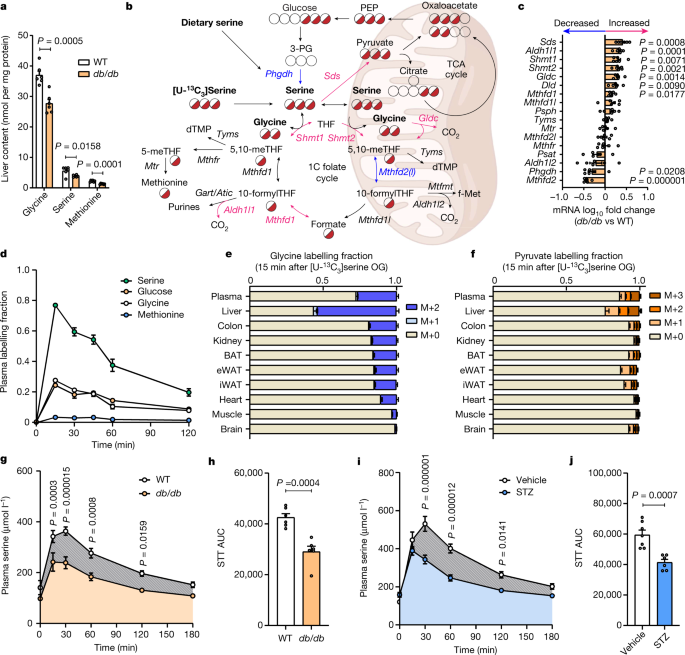バージニア工科大学の古生物学者チームは、アリゾナ州で三畳紀の最古のイエシリアの化石を発見しました。この発見は、これまで化石が見つかっていなかった約9000万年にわたるイエシリアの歴史的空白を埋めるもので、科学者を困惑させた。 A team of Virginia Tech paleontologists, led by doctoral candidate Ben Kligman, have discovered the first Triassic-era caecilian fossils, the oldest-known of their kind, in Arizona. The find helps fill a massive gap of roughly 90 million years in the historical record of caecilians where no fossils had been previously found, baffling scientists.
2023-01-25 バージニア工科大学(VirginiaTech)
◆この化石は、バージニア工科大学理学部地球科学科の博士課程学生であるベン・クリグマンが、2019年にアリゾナ州のペトリファイドフォレスト国立公園で発掘した際に初めて共同発見したものです。KligmanによってFuncusvermis gilmoreiと名付けられたこの化石は、カイギュウの歴史を3500万年前の三畳紀、およそ2億5000万年から2億年前までさかのぼらせるものです。
◆Nature』誌に発表されたこの新しい研究以前に、カイアシ類の化石はわずか10種しか知られておらず、それらは約1億8300万年前のジュラ紀前期までさかのぼります。しかし、これまでのDNA研究では、カイアシ類の進化的起源は3億7000万年前から2億7000万年前の石炭紀またはペルム紀に遡ると推定されていたため、クリグマン氏によれば、この8700万年のギャップがある。しかし、これまでそのような化石は見つかっていなかった。
<関連情報>
- https://vtx.vt.edu/articles/2023/01/science-triassic-era-caecilian-fossils-kligman.html
- https://www.nature.com/articles/s41586-022-05646-5
三畳紀の幹カイギュウは、現生両生類がディソロフォイドに由来することを支持する。 Triassic stem caecilian supports dissorophoid origin of living amphibians
Ben T. Kligman,Bryan M. Gee,Adam D. Marsh,Sterling J. Nesbitt,Matthew E. Smith,William G. Parker & Michelle R. Stocker
Nature Published:25 January 2023
DOI:https://doi.org/10.1038/s41586-022-05646-5

Abstract
Living amphibians (Lissamphibia) include frogs and salamanders (Batrachia) and the limbless worm-like caecilians (Gymnophiona). The estimated Palaeozoic era gymnophionan–batrachian molecular divergence1 suggests a major gap in the record of crown lissamphibians prior to their earliest fossil occurrences in the Triassic period2,3,4,5,6. Recent studies find a monophyletic Batrachia within dissorophoid temnospondyls7,8,9,10, but the absence of pre-Jurassic period caecilian fossils11,12 has made their relationships to batrachians and affinities to Palaeozoic tetrapods controversial1,8,13,14. Here we report the geologically oldest stem caecilian—a crown lissamphibian from the Late Triassic epoch of Arizona, USA—extending the caecilian record by around 35 million years. These fossils illuminate the tempo and mode of early caecilian morphological and functional evolution, demonstrating a delayed acquisition of musculoskeletal features associated with fossoriality in living caecilians, including the dual jaw closure mechanism15,16, reduced orbits17 and the tentacular organ18. The provenance of these fossils suggests a Pangaean equatorial origin for caecilians, implying that living caecilian biogeography reflects conserved aspects of caecilian function and physiology19, in combination with vicariance patterns driven by plate tectonics20. These fossils reveal a combination of features that is unique to caecilians alongside features that are shared with batrachian and dissorophoid temnospondyls, providing new and compelling evidence supporting a single origin of living amphibians within dissorophoid temnospondyls.


